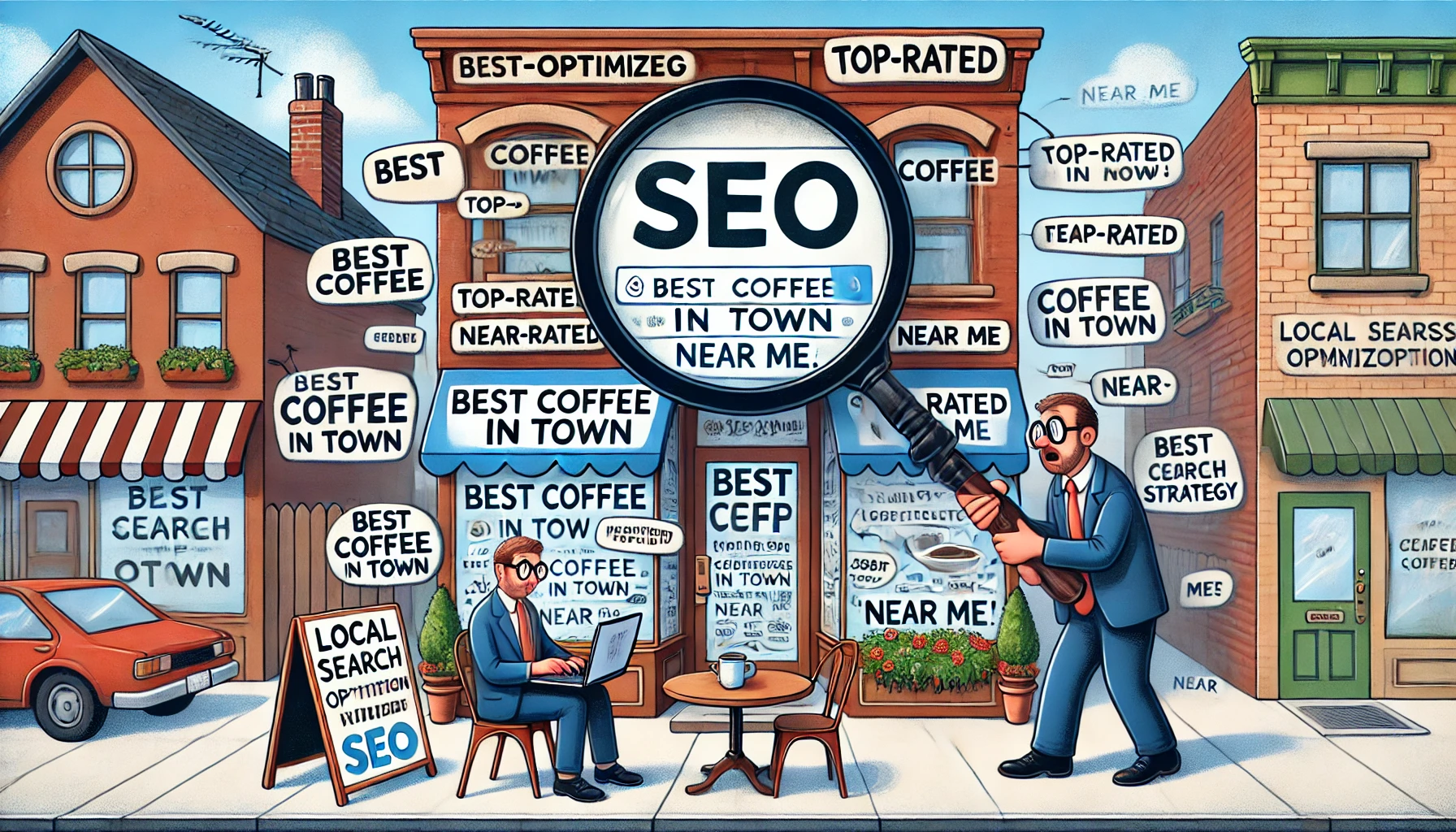Maximizing Ecommerce conversion rates: Boost sales, outperform competitors
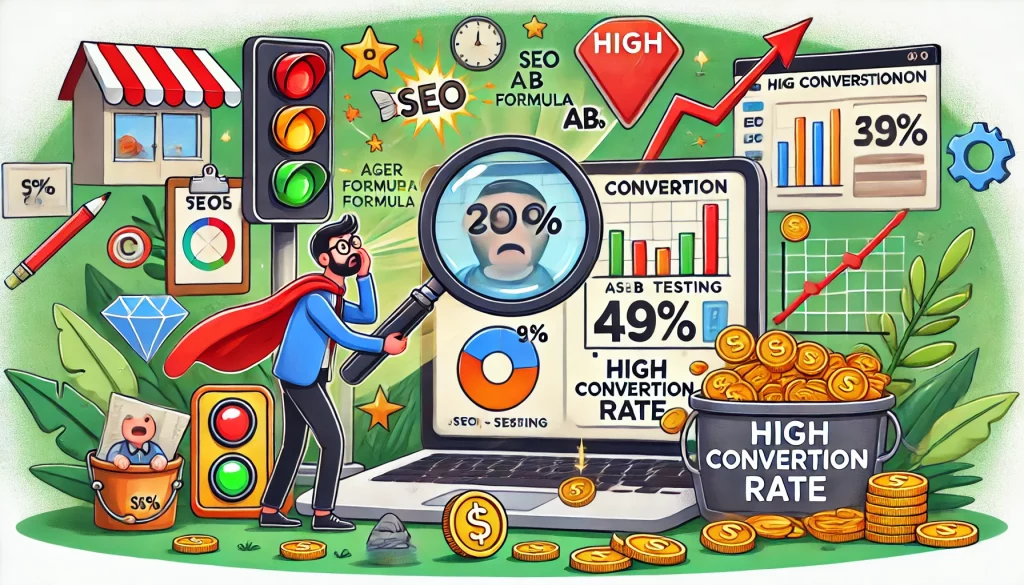
Understanding conversion rates
Definition and significance: An ecommerce conversion rate measures the effectiveness of a website in turning visitors into paying customers. It is calculated by dividing the number of conversions by the total number of visitors, then multiplying by 100.
Importance for business success: Conversion rates are crucial for determining the success of marketing campaigns and overall business performance. A high conversion rate indicates a well-performing website and effective marketing strategies.
Key metrics to measure conversion
Sales conversion rate: The sales conversion rate is the number of purchases divided by the number of sessions, multiplied by 100. This metric helps assess the effectiveness of your sales process.
Average order value: The average order value is calculated by dividing total revenue by the total number of orders. It helps determine the average amount spent by customers per transaction.
Customer lifetime value: Customer lifetime value predicts the total revenue a customer will generate over their lifetime. This metric is essential for long-term business planning.
Customer acquisition costs: Customer acquisition costs represent the expense of acquiring a new customer. Monitoring this metric ensures your marketing efforts are cost-effective.
Bounce rate: Bounce rate measures the percentage of visitors who leave your site after viewing only one page. A high bounce rate indicates issues with site content or usability.
Impressions and PPC success rates: Impressions refer to the number of times an ad is viewed, while PPC success rates measure the effectiveness of paid advertising campaigns. Both metrics are vital for assessing marketing performance.
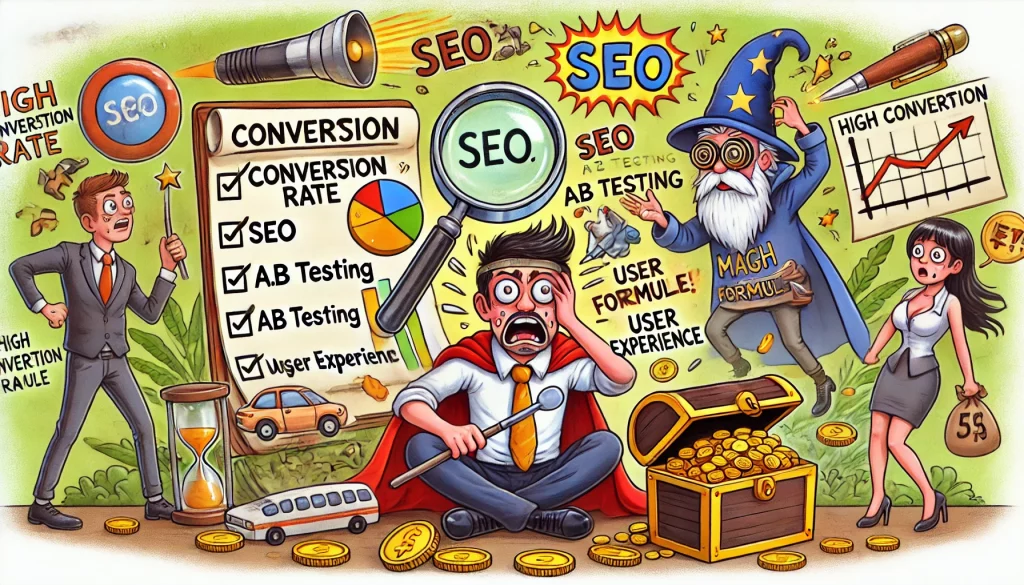
Factors influencing conversion rates in ecommerce
Website design and user experience
A well-designed website that is easy to navigate significantly boosts conversion rates. Visitors are more likely to purchase from a site where they can quickly find what they need and complete the checkout process efficiently.
Product descriptions and visuals
Accurate product descriptions and high-quality visuals are critical. Misleading images or descriptions lead to negative reviews and decreased trust, harming conversion rates.
Trust-building elements
Adding trust badges, highlighting free shipping and returns, and offering a money-back guarantee can enhance trust and reduce cart abandonment rates. Trust-building elements are essential for improving overall conversion rates.
Mobile optimization
Ensuring your ecommerce site is mobile-friendly is crucial. Slow, unresponsive mobile sites lead to higher bounce rates and lost sales.
Customer support
Excellent customer support enhances the overall customer experience. Offering personalized support and multiple self-service options can significantly improve customer satisfaction.
What is a good conversion rate for ecommerce?
Industry benchmarks: The average ecommerce conversion rate in 2024 is around 2.5% to 3%. Striving for a rate above 3% is a reasonable goal for ecommerce businesses.
Setting realistic goals: Consistently achieving the industry benchmark allows businesses to implement more advanced optimization strategies. Aim for continuous improvement to maintain a competitive edge.
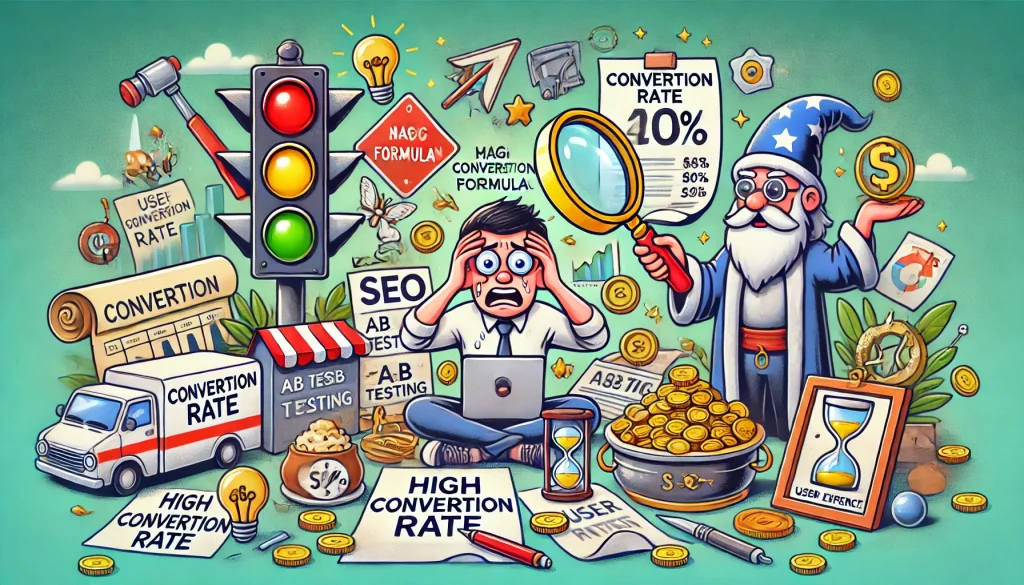
Conversion rate optimization strategies for ecommerce
A/B testing and data analysis
A/B testing allows you to test different product prices and features. Use data analysis to determine the most effective combinations for your products.
Streamlining checkout process
Simplify the checkout process to reduce cart abandonment. A streamlined process ensures a smoother customer experience and higher conversion rates.
Implementing clear CTAs
Use concise, urgent CTAs to drive action. Clear CTAs guide visitors to complete desired actions, such as making a purchase.
Personalization and targeted marketing
Show personalized product recommendations and send targeted emails. Personalization increases customer engagement and conversion rates.
Add a USP
Highlight your unique selling points to stand out from competitors. A strong USP can attract more customers and improve conversion rates.
Use video marketing
Create high-quality videos to showcase products. Videos make products more appealing and help explain their features and benefits.
Use only high-quality images
Ensure product images are clear and accurately represent the items. High-quality images enhance the customer’s shopping experience and trust.
Level up on pop-ups
Use gamified pop-ups to engage visitors. Gamification can increase conversions, especially among younger audiences.
Don’t force logins
Allow guest checkouts to streamline the buying process. Offering both guest and logged-in purchases reduces friction for customers.
Create a detailed FAQ page
Provide comprehensive answers to common questions. An FAQ page builds trust and reduces customer inquiries, improving the overall shopping experience.
Building trust and credibility with clients
Customer reviews and testimonials: Displaying both positive and negative reviews builds credibility. Addressing negative feedback publicly shows you care about customer satisfaction.
Secure payment options: Offer secure payment gateways to protect against fraud. Ensuring smooth and safe transactions enhances customer trust.
Transparent policies: Clearly display all business policies, such as return and refund terms. Transparent policies build trust and prevent misunderstandings.
Using technology and tools to increase conversion rate in ecommerce
AI and machine learning applications
AI can analyze browsing history to present high-potential products. It also helps create dynamic pricing and improve customer service with chatbots and virtual assistants.
Analytics and conversion rate optimization
Analytics tools track visitor data, providing insights into user behavior. This data helps optimize conversion strategies based on user activity and feedback.
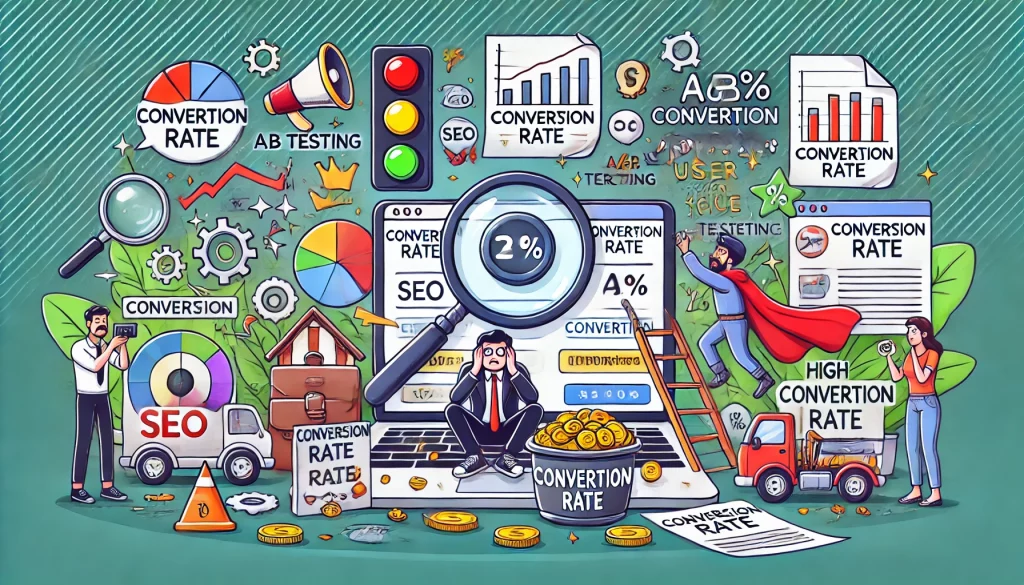
Expert opinions on conversion rates in ecommerce
Laura Stevens, Director of Customer Experience at RetailRevamp: “The ideal conversion rate for an ecommerce site is around 2.5-3%. To exceed this, focus on customer trust by displaying reviews, offering hassle-free returns, and securing transactions with SSL certificates. Excellent customer support is also crucial.”
James O’Neill, E-commerce Strategist at ConversionMastery: “Achieving a 4-5% conversion rate is possible by optimizing the checkout process, reducing steps, offering guest checkouts, and providing multiple payment methods. Urgency tactics like limited-time offers can also boost conversions.”
Sarah Mitchell, Digital Commerce Consultant at FutureRetail Insights: “Aim for a 3-4% conversion rate by ensuring a clean, professional website design, leveraging social proof, and optimizing product pages with high-quality images and detailed descriptions. Regularly incorporate customer feedback.”

 5 min
5 min 



